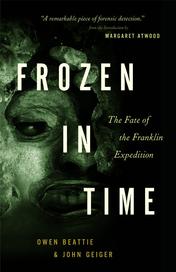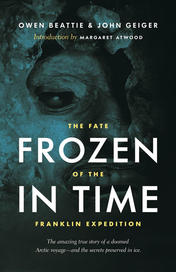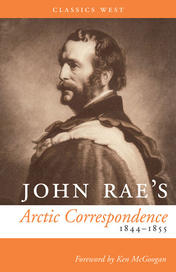Polar Regions


Part One
The First One
In Canada's eastern Arctic, there is a place called Ungava Bay. It is a huge inlet - latitude sixty degrees -projecting southward from the Hudson Strait, between Hudson Bay and the Labrador. Three hundred Eskimos live along its four-hundred-and-fifty-mile shoreline, and until just a few years ago they lived very much as their ancestors had lived for several thousands of years before them. They hunted caribou and fished for seal, and when they ran out of food they picked up their tents, packed them on their dog sleds, and moved to new hunting grounds either upriver or on the coast. Not many Canadians knew of their existence, and those who did felt little concern for them; it was assumed that if they could even survive in that far-off and forbidding area, they must be getting along all right. Over the years, the white man did bring to Ungava the Hudson's Bay Company, the gun, the motorboat, the missionary, a lot of disease, and, in the brief summers when the ice melts in the bay and on the rivers that flow into it, a bit of wage employment. The Eskimos were tolerant of the white man, and
even amused by him, but they continued to speak their own language, to eat raw meat and fish, and to ignore Anglo-Saxon ideas of morality and sanitation. "Eskimo" is an Indian name, meaning "eater of raw flesh." The Eskimos' own name for themselves is "Innu" - "The People" - and it has not been for very long that they have known that any other people existed on this earth.
Yet times were changing for the Eskimos on Ungava Bay, as for all Canada's twelve thousand Eskimos. Some of the white man's products began to have a strong appeal for them -notably tea, tobacco, guns, and textiles-and in order to buy these they devoted more and more time to the trapping of animals whose furs the white man wanted to buy in exchange. Of these animals, the white fox was for a while the most valuable - at one time the Hudson's Bay Company would pay over forty dollars a skin - so the Eskimos trapped a large number of white foxes. Then, in the depression, the price of a white fox dropped to two and a half dollars, and from that day to this it has never recovered enough to keep pace with the rising price of the white man's goods. While this change was going on, the caribou, the Eskimos' chief source of food and clothing, mysteriously began to vanish, perhaps because too many caribou were being shot and too few of their newborn calves were surviving. With the threatened extinction of that staple there came the possibility that the Eskimo himself might soon become extinct.








